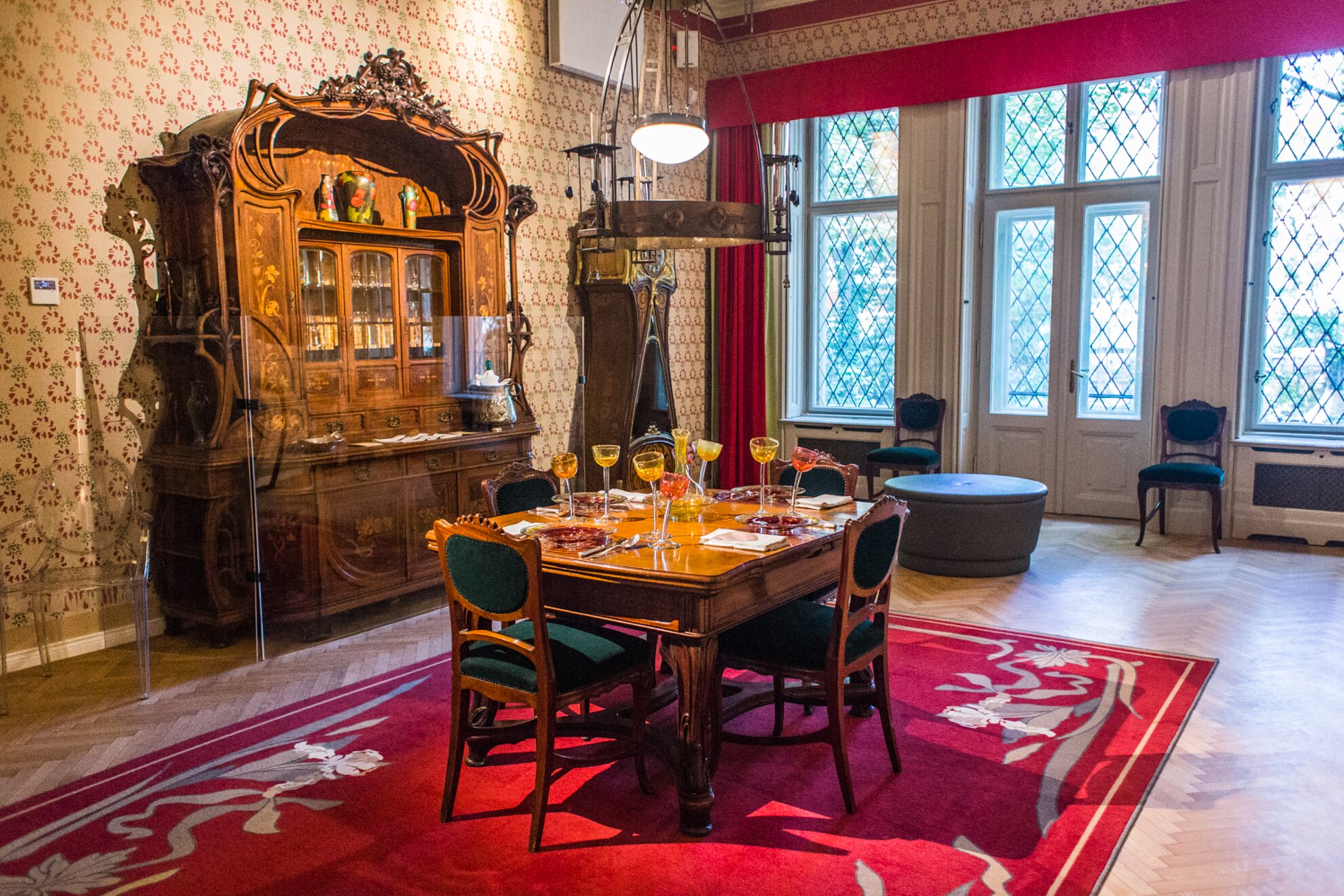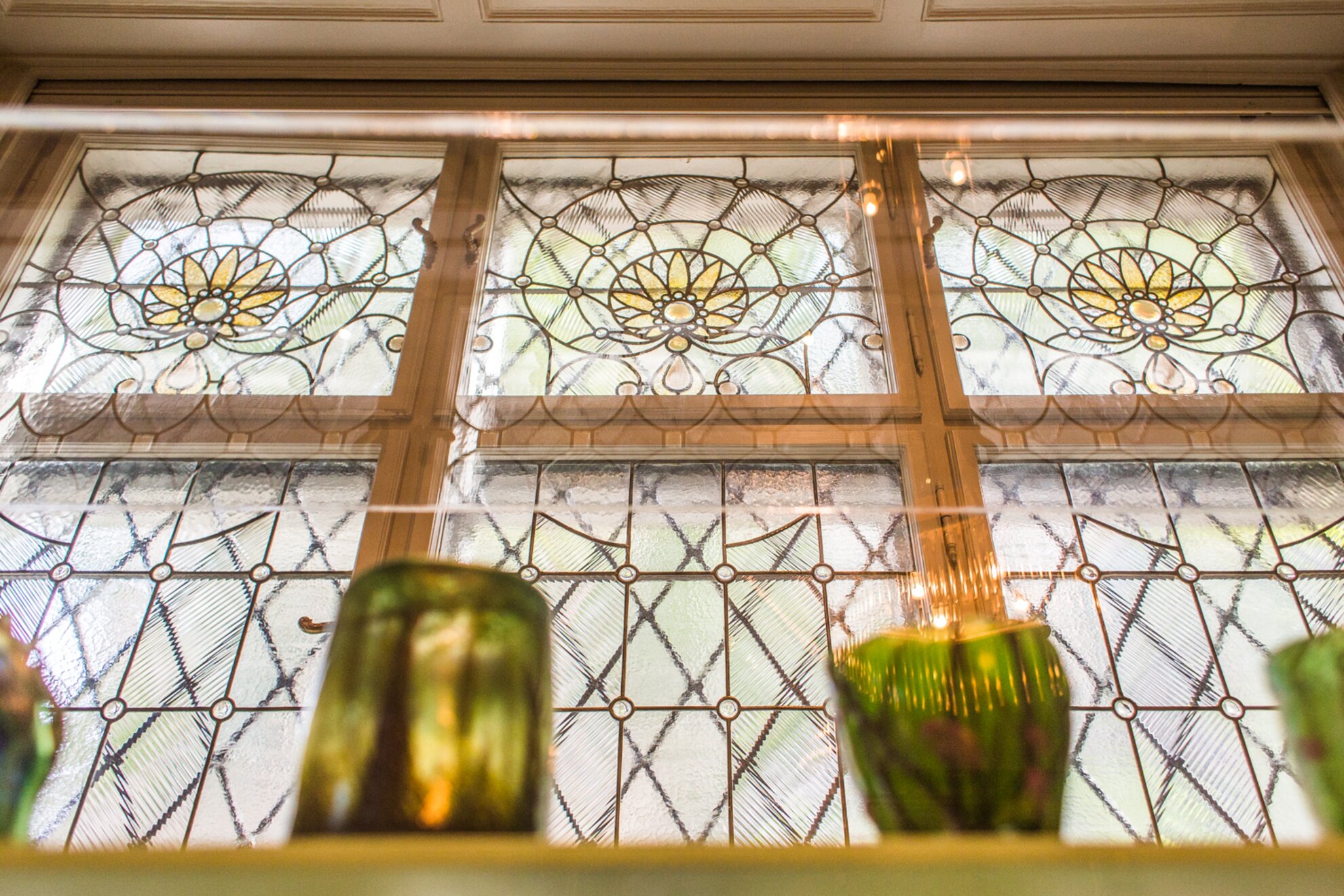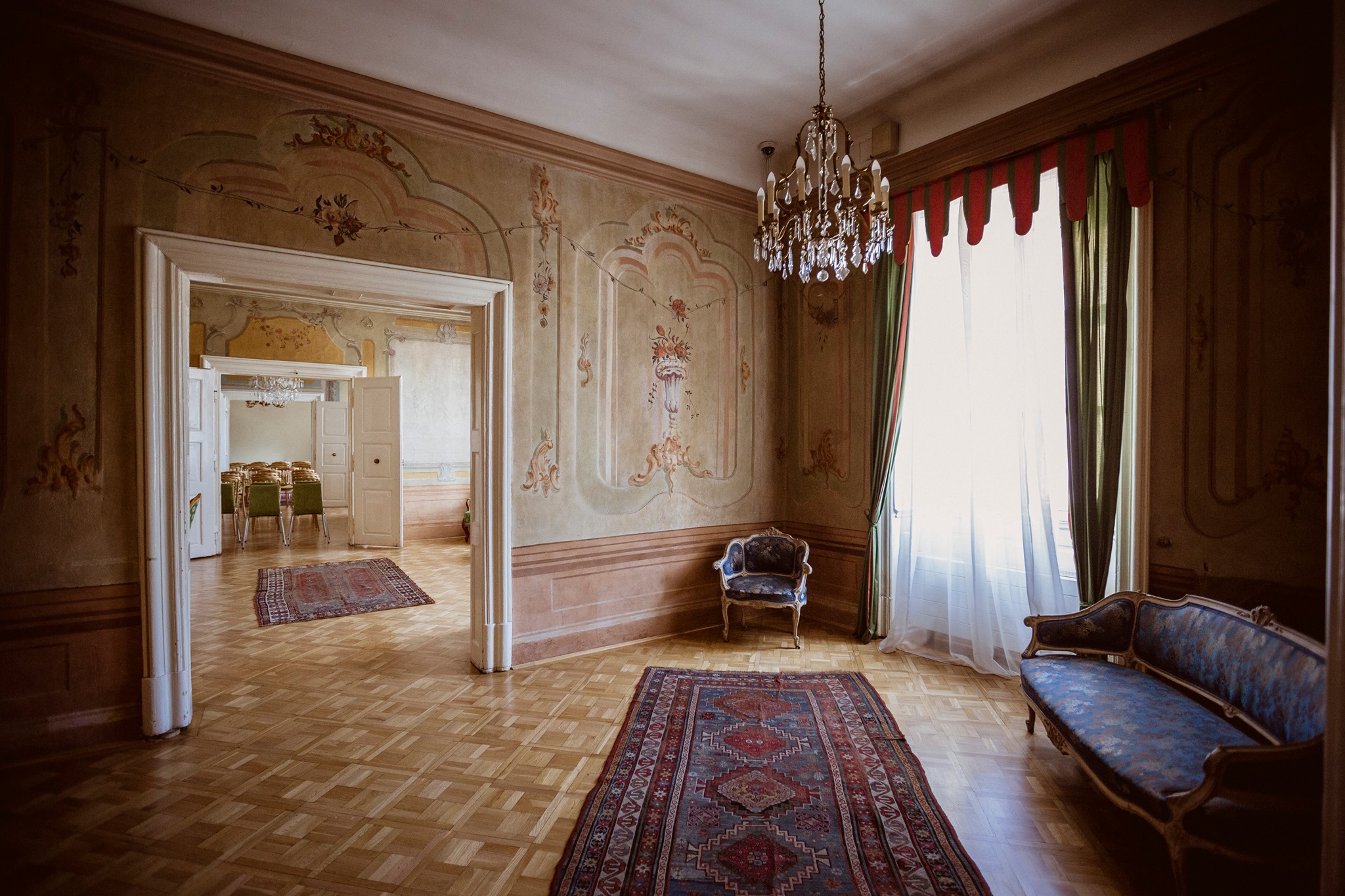After rounding up some gorgeous palaces and mansions open to everyone on the Pest side (which now house libraries, tapas bars, or pizza spots), we go on to explore more hidden gems in town. But this time, let's take a detour and revisit the history of the Central and Eastern European region. Some of the following
properties are now open to visitors because they were nationalised under the
communist regime and taken from their former owners, who were labelled enemies
of the people. After the regime changed, many of the plundered families have been returned their former property while other institutions were still owned by the state or local authority. Nonetheless, the former loss of the historical elite is now the joy of city dwellers, who can enjoy these luxurious estates built with artistic efficiency.
De la Motte-Beer Palace – Visit the pharmacist
Many cities have at least one museum that shows local life hundreds of years ago – from the perspective of an aristocrat or a wealthy bourgeois, of course. In Budapest,
this is the De
la Motte-Beer Palace in the Castle District, on Dísz tér. This is
actually two surnames merged. First, the Baron De la Motte, who was commissioned by
Empress Maria Theresa to supervise the constructions in the castle. And the Beer family of apothecaries, who later opened their pharmacy on the building's street front.
The palace is quite small, with just five rooms, and not very richly furnished
by international standards. But the beautiful murals and atmosphere make it
well worth a visit after a cake at Ruszwurm Confectionery.
More details here.
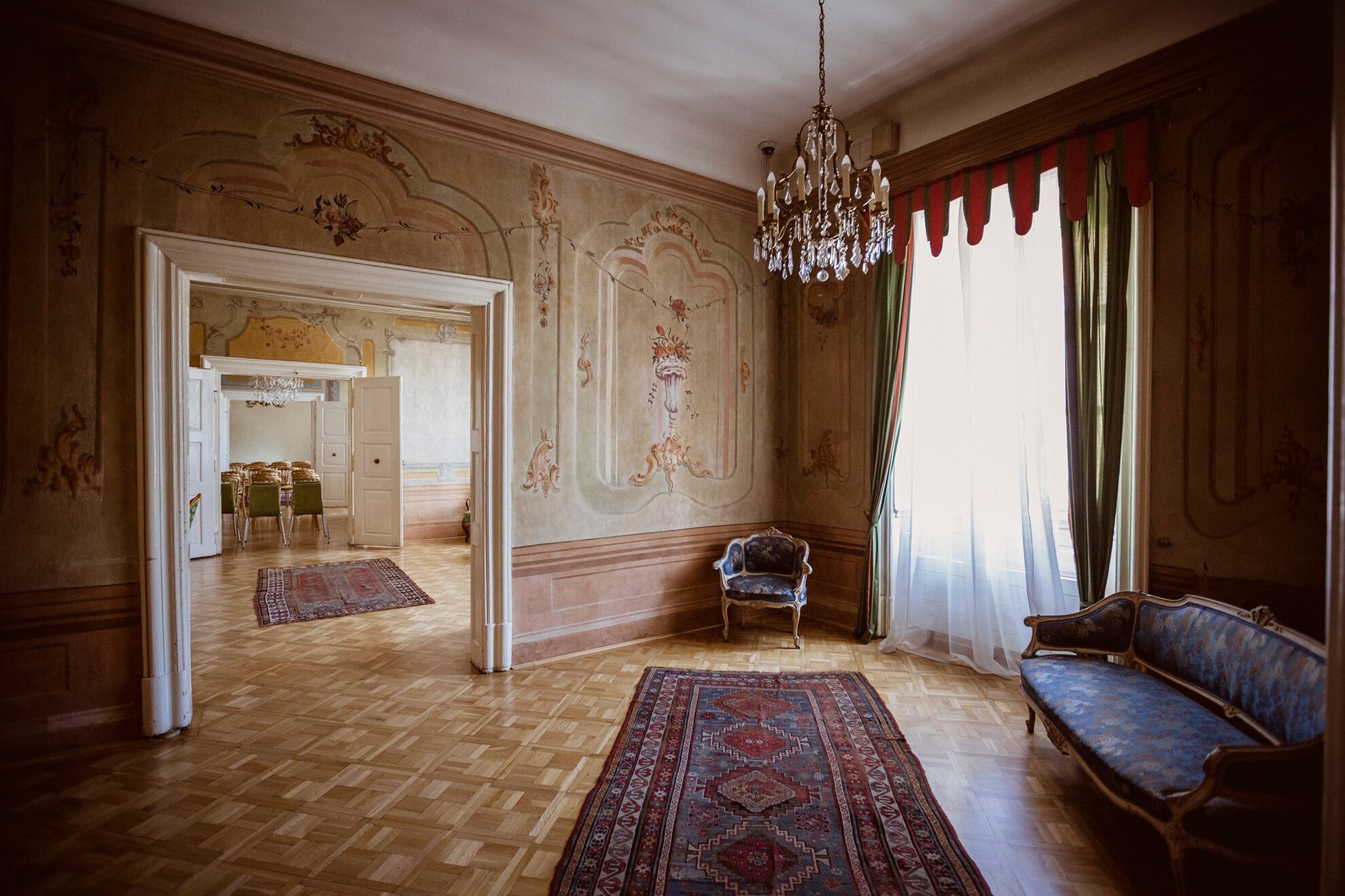
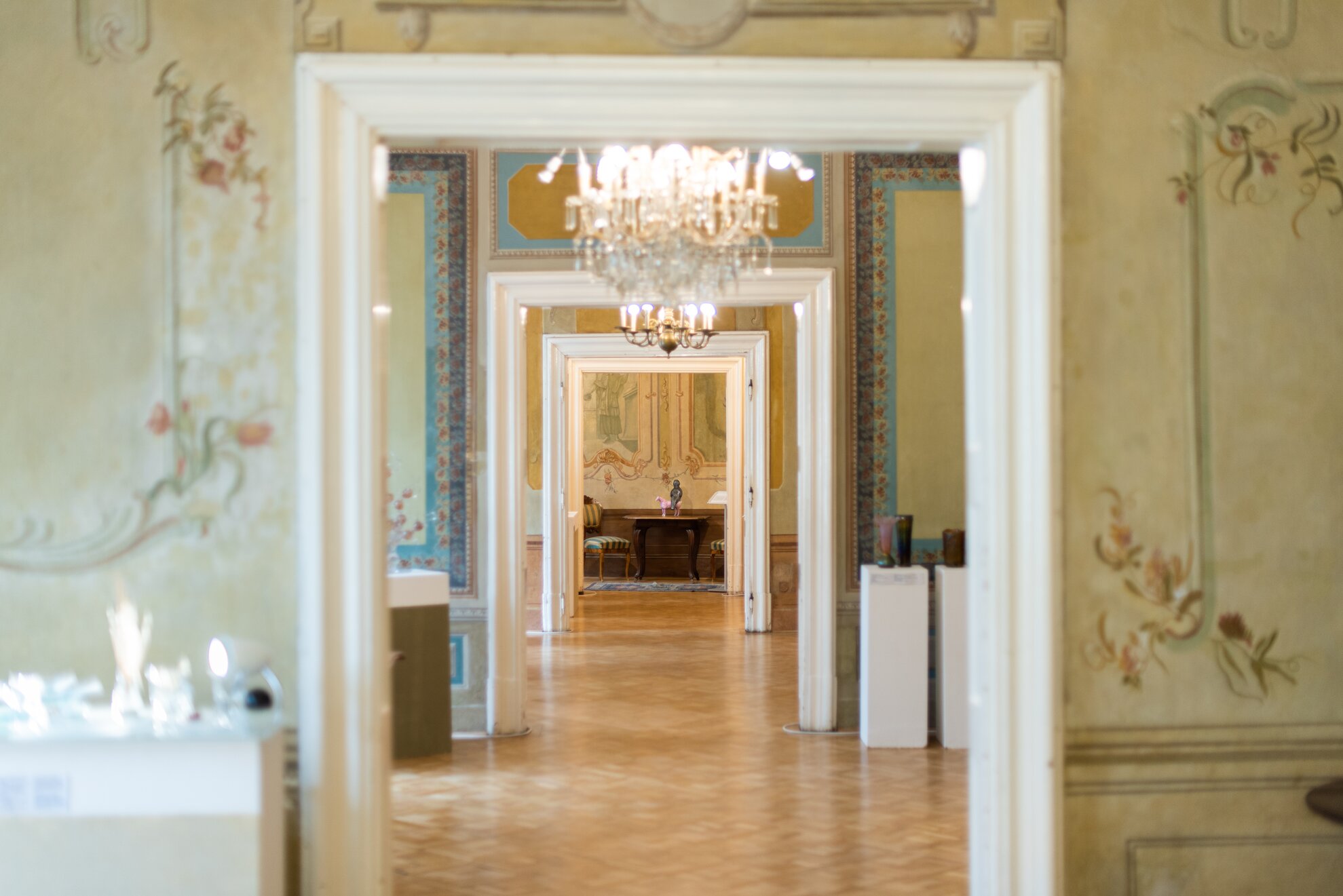
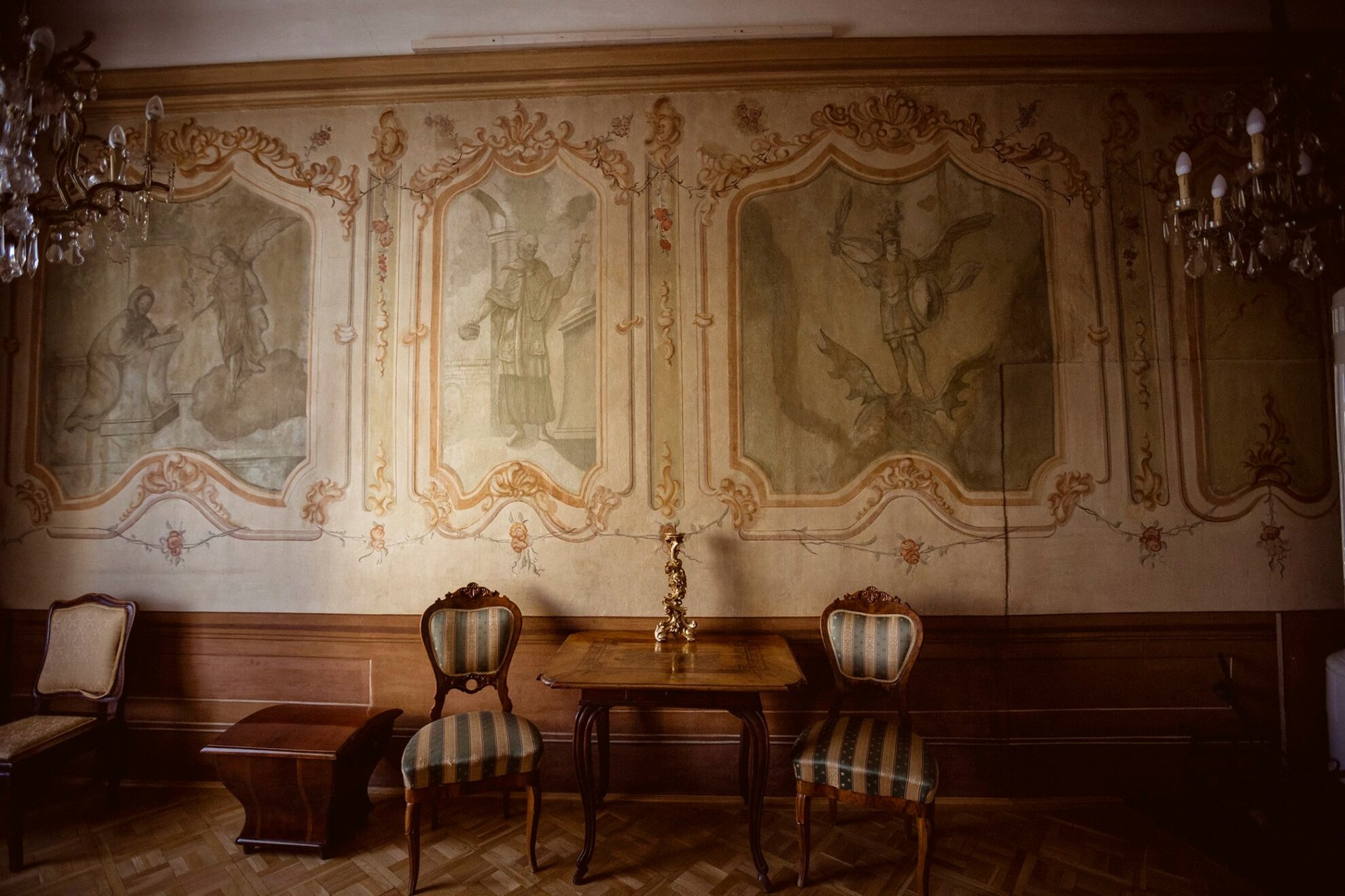
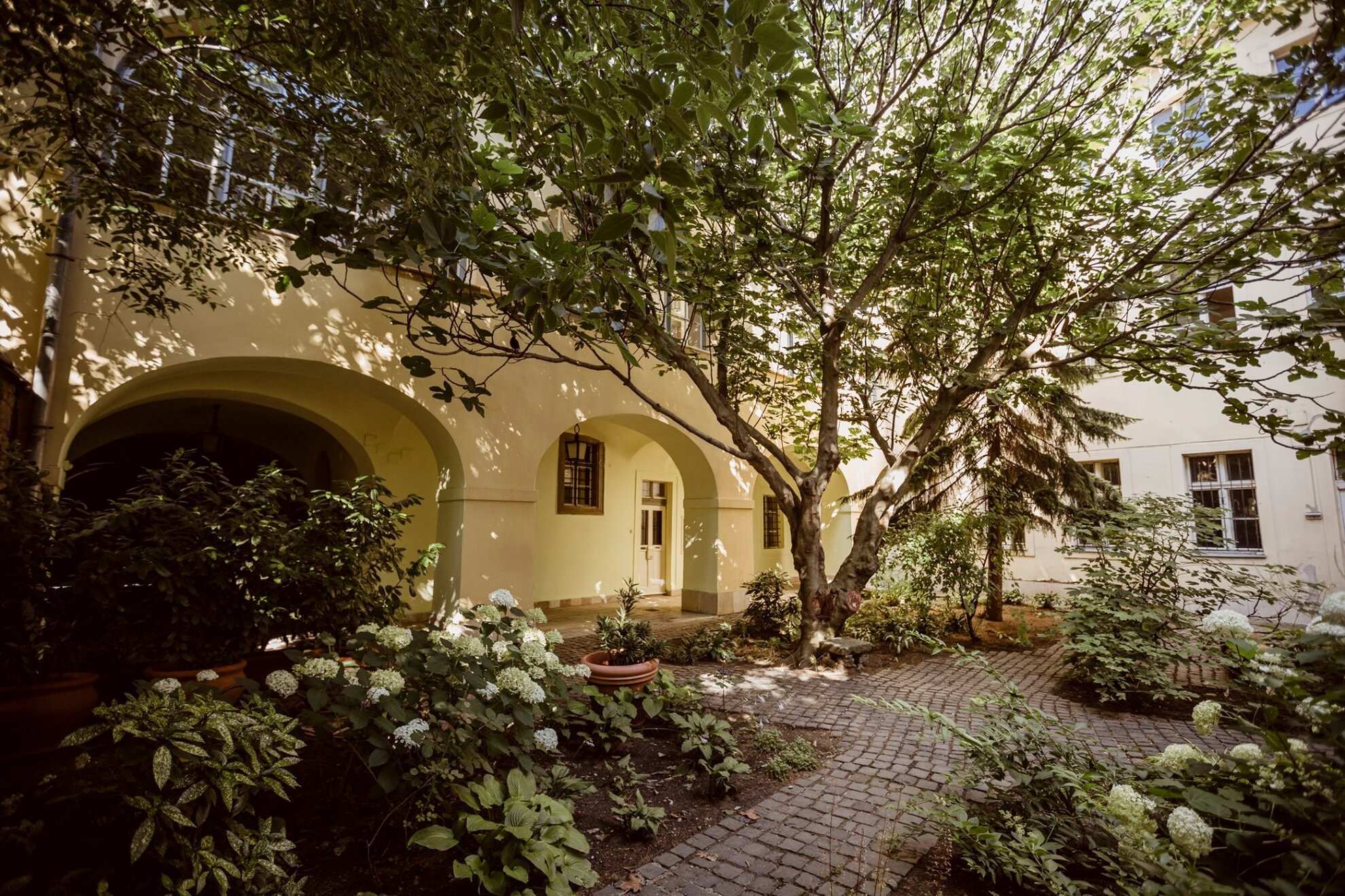
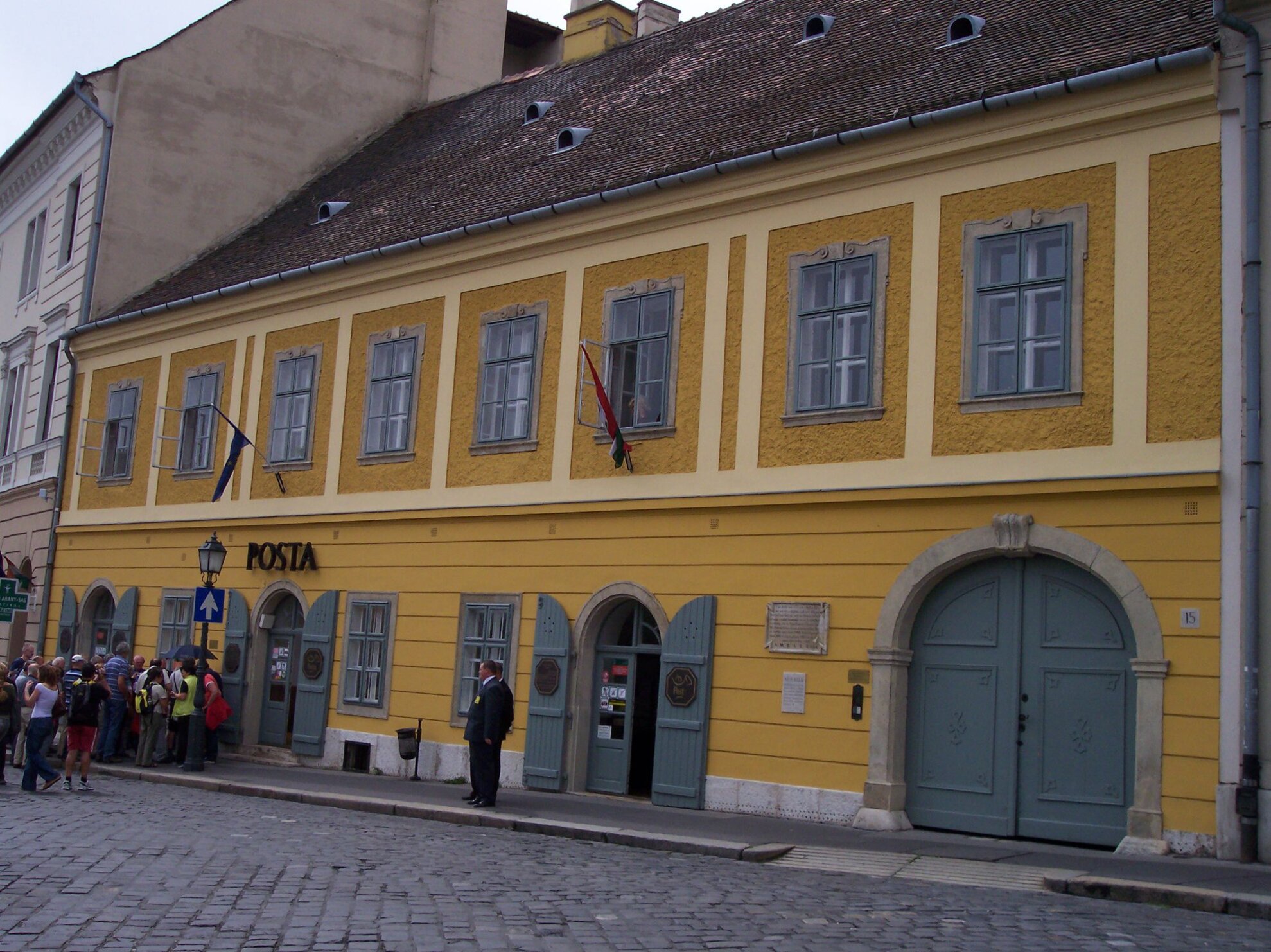
Mai Manó House – See photo exhibitions in a photographer's former home
Another mini-museum
to visit is the Mai
Manó House on Nagymező utca, on the Pest side. Manó Mai was a
famous photographer at the turn of the century. He built the property for his
family and worked here. Naturally, he found it necessary to paint the walls and
ceilings with ornate stucco, as Budapest’s elite had to climb the stairs
to get up to the studio. This can still be seen today, alongside contemporary
photography exhibitions, with the beautiful painted turn-of-the-century photo
backdrops still hanging on the walls.
More details here.
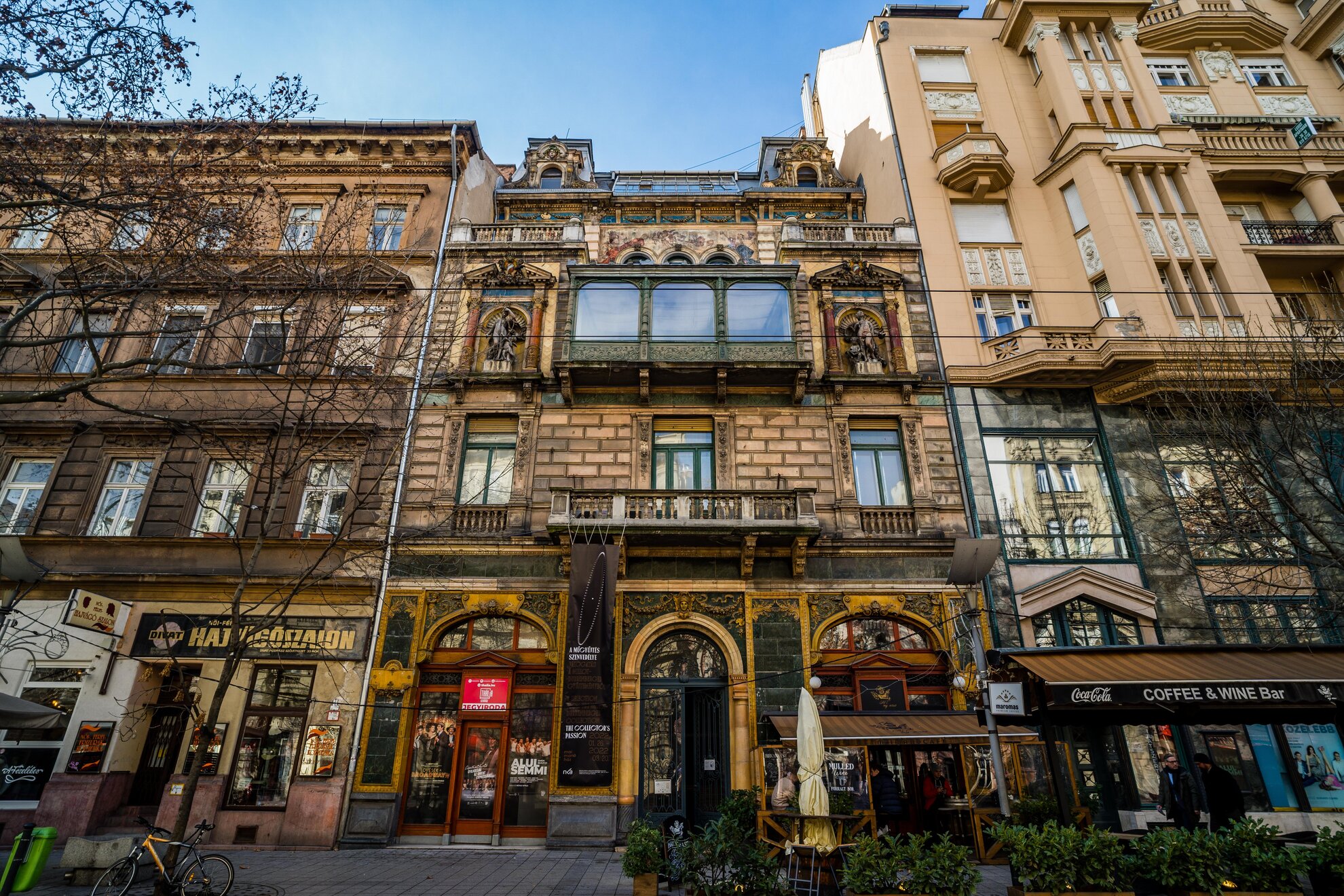

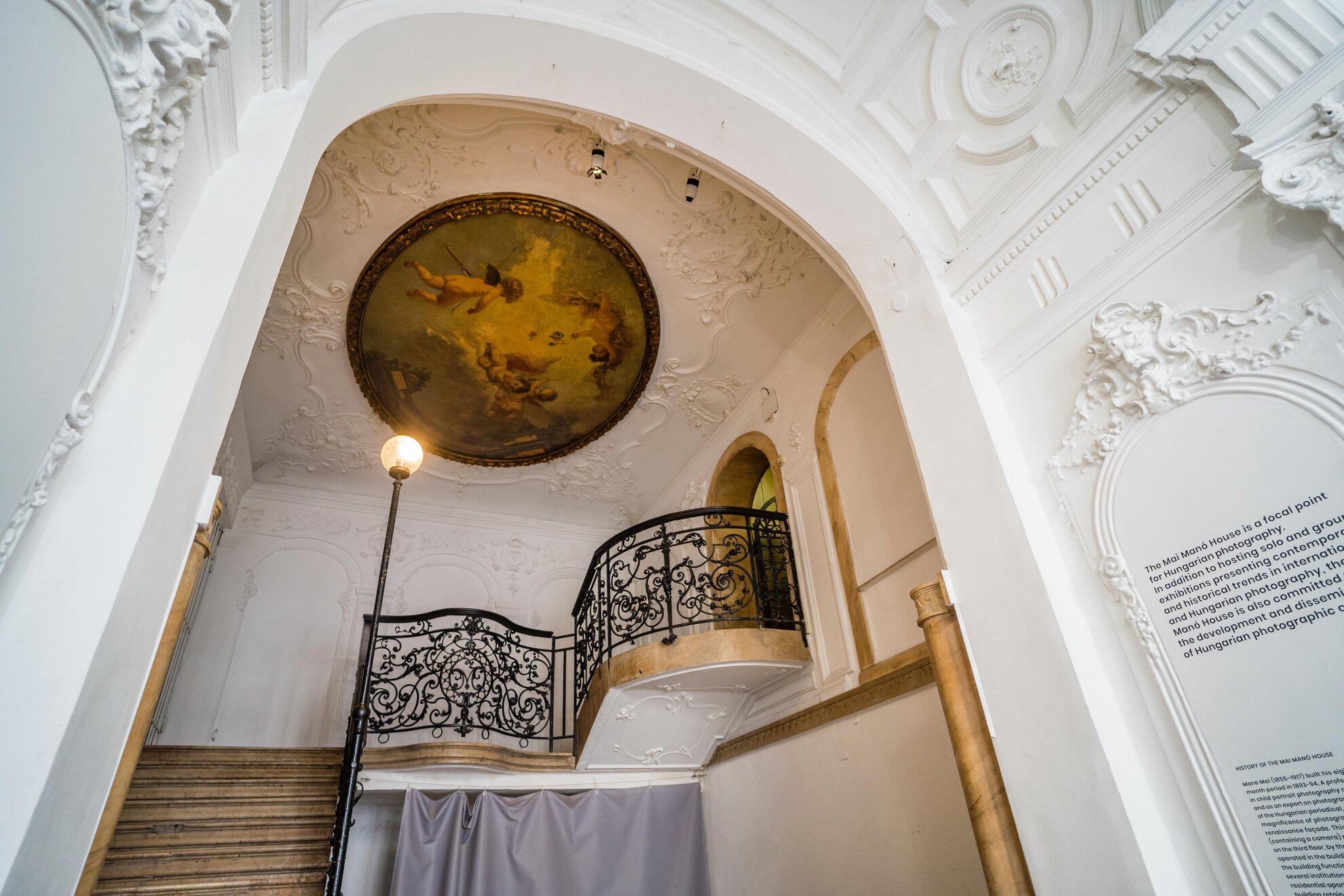


Alice Hotel – Have coffee and cake where counts and barons once did
It’s not ordinary to
sip a refreshment or be hosted in a building that someone once called home. If
a caterer is clever, they can back it up with marketing, getting the visitor
more involved in the story. Alice, who was the wife of the industrial
magnate Baron Manfréd Weiss, is a very good choice of name for the boutique hotel on the World Heritage site Andrássy út.
Manfréd Weiss Steel and Metal Works was an inescapable player in Hungarian
heavy industry at the turn of the century. Without it, Budapest's 21st
district (Csepel) would probably not exist today. Their family home reopened as a hotel
a few years ago, so if you’re on your way to Heroes' Square, pop in and sit in the garden or the café to recharge your batteries!
More details here.
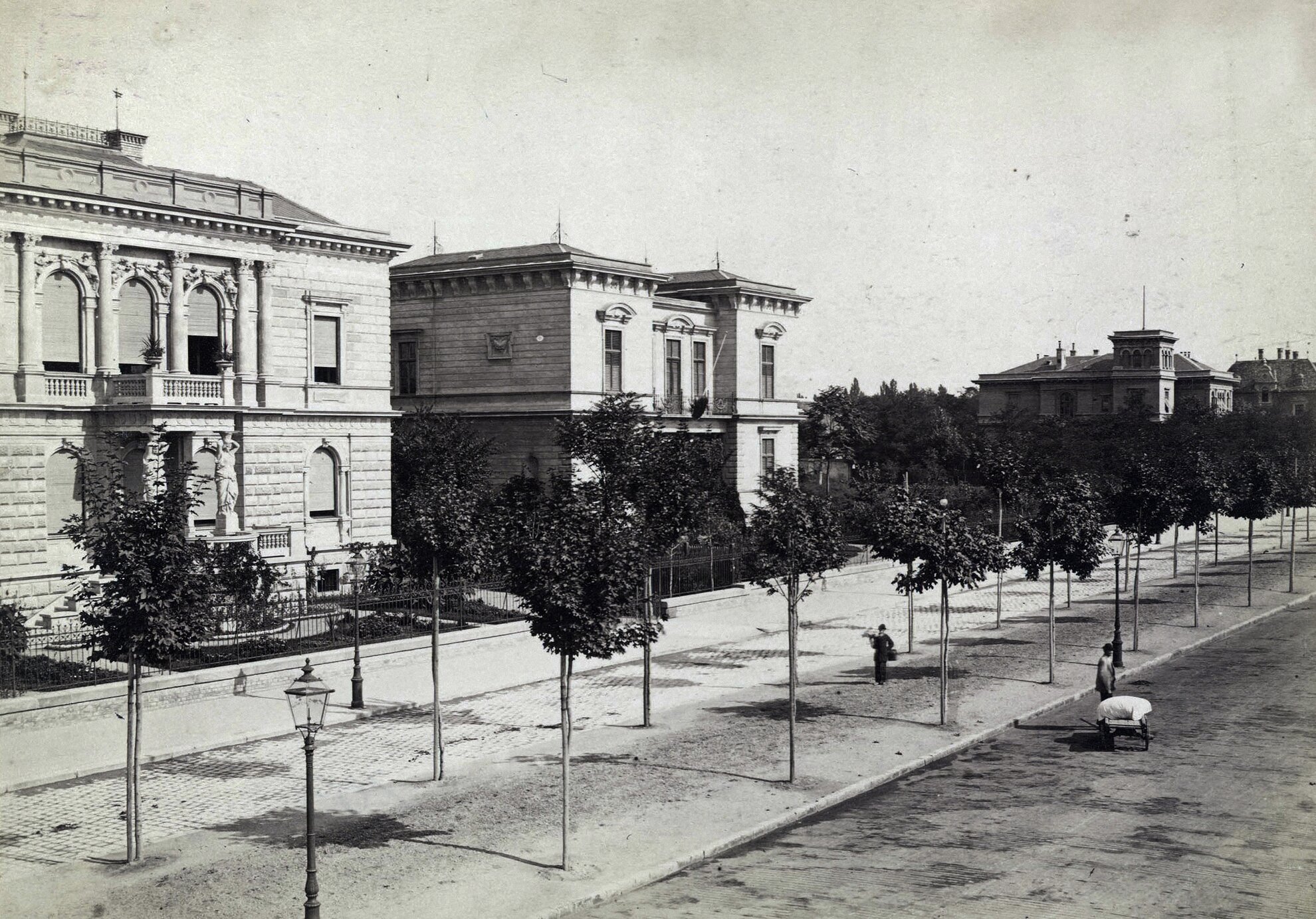


Hotel Palazzo Zichy – Sleep where Sissi's lady-in-waiting hosted guests
How a larger
building, a whole palace, can become a premium hotel, is perfectly
illustrated by the Hotel Palazzo Zichy at Lőrinc Pap tér in downtown
Budapest. Count Nándor Zichy bought the palace for his wife, Livia, who was lady-in-waiting to Sissi, Empress of Austria and Queen of Hungary. Therefore, she presented herself as a central figure in society, so a
crowd often gathered in the palace. After nationalisation, the building was
dismantled and gradually deteriorated. The owner who opened the hotel left only
the façade and the lobby, while the rest of the building was modernised. It is
still worth a visit for a coffee.
More details here.





Ráth Villa – Admire Art Nouveau at the villa of the Museum of Applied Arts' first director
In the 19th century, György Ráth became the first director of Budapest's Museum of Applied Arts (now temporarily closed) and also one of the greatest private art collectors of his day. In 1901, he bought a villa near the City Park, which was transformed by excellent Hungarian artists and then filled with artworks from Ráth's collection. In 1906, the National Ráth György Museum, the new attraction in the capital, opened and was even visited by Franz Joseph I, the ruler himself. After World War II, the collection was broken up as communist powers considered it potentially harmful to maintain a bourgeois apartment in its original condition. However, in 2018, the villa reopened displaying the finest selection of the Museum of Applied Arts’ Art Nouveau collection. So if you adore pretty interiors with flower tapestry, chandeliers, and painted glass as much as we do, make sure to visit this stunning villa and its even more stunning exhibition.
More details here.

